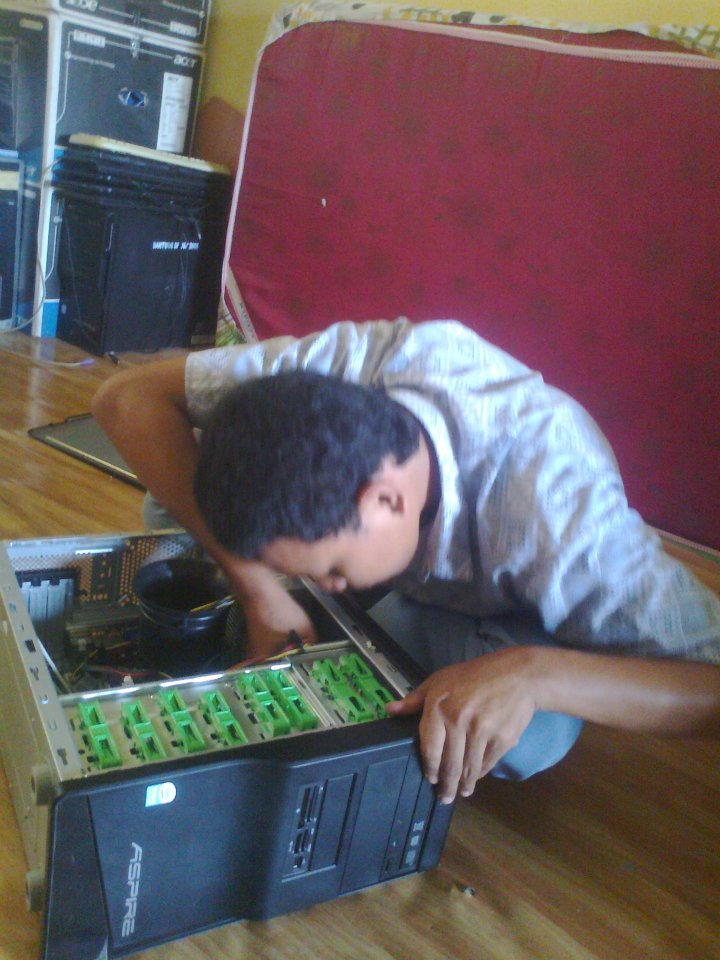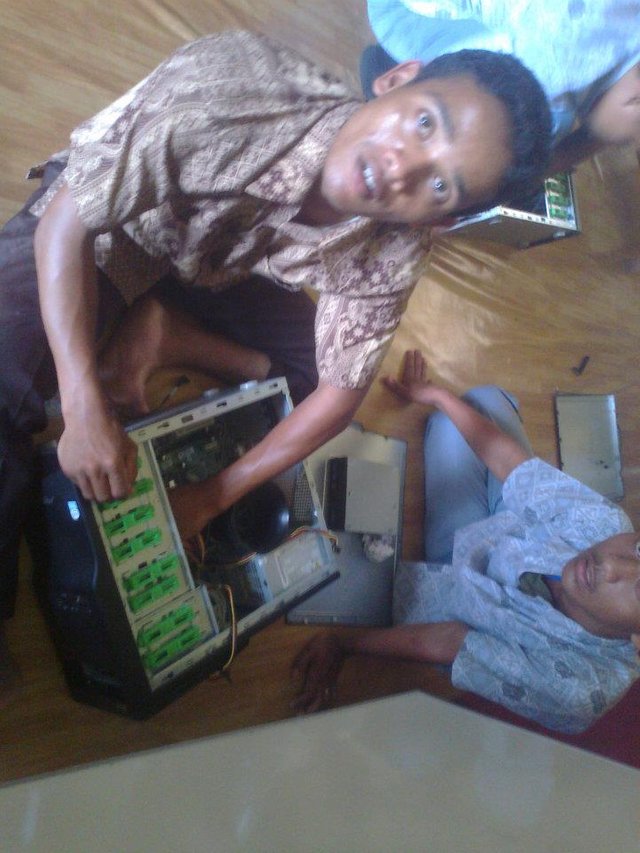TROUBLESHOOTING COMPUTER
Computers have been a tool that is important today, we take one example on office activities, of course with the computer then the work can be completed more quickly. As a user or computer user of course we also have experienced problems with the computer. This may result from discrepancies from the basic components of the computer itself that are typically associated with Software (software or its application), Hardware (hardware) or Brainware (computer users).
Understanding Computer Troubleshooting In the world of computers, all things related to the computer called Troubleshooting and the occurrence of problems in the computer of course there is why. On this occasion we will learn a bit to detect problems on your computer especially those related to Hardware.

For problems with the Software you should do a simple detection first such as checking files associated with the Software or the specification of the request (requirement) of the Software. If the problem is complicated, you should re-install the software, because it will be too complicated to fix a Software, while for problems with Brainware, the author can only give advice "break deh, he ...".
Techniques in Troubleshooting There are two kinds of techniques in detecting problems in the computer, the technique Forward and Backward techniques. To be more familiar with both techniques, it's good we first discuss the definition of each technique.

- Forward Technique
As the name implies, in this technique all kinds of problems detected since the beginning of the computer assembled and usually this technique is only used by people computer dealers who often do the assembly of computers. In this technique is only done a simple detection of the problem and done before the computer is turned on (powered by electricity). For simplicity please see the following example:
After the computer has finished assembling, it will check all installed hardware, such as checking the connection of the Power Supply cable to the power socket on the motherboard.
For the ATX case we check that the Power Switch cable is properly installed.
etc. - Backward Technique
Almost the same as previous techniques, Backward technique is a technique to detect errors on the computer after the computer is powered (electrically). Techniques are more widely used because in general problems in the new computer will arise after the "flying hours" computer has a lot and this is already a natural thing. We can take some examples as follows:
Floppy Disk that can not read diskette properly.
The computer will not turn on when the power button on the casing is pressed.
etc.
After a simple explanation of both techniques the author will discuss more deeply
again to the technique Backward, because for home computer users of course this technique more
many will be used instead of Forward techniques. To further simplify the inside
detection of problems on your computer, please refer to the following table:
NoComponent
Problem Detection - Power Supply
- Motherboard
- Speaker
- RAM
- Voice Analysis
- VGA Card + Monitor
- Keyboard
- Display Analysis
- Card I / O
- Disk Drive